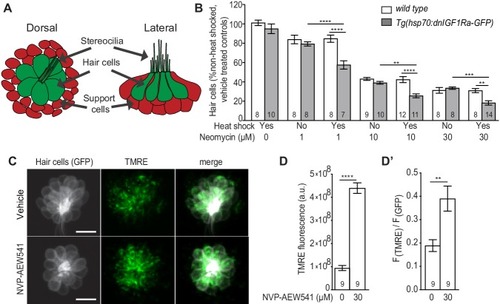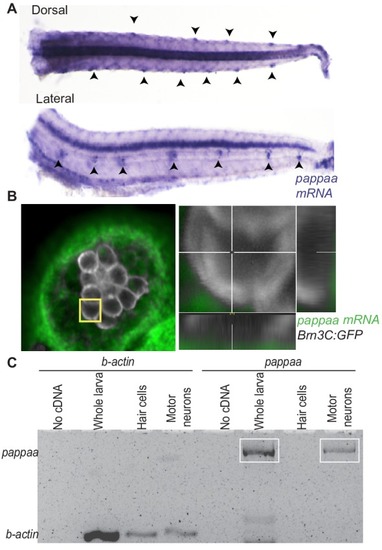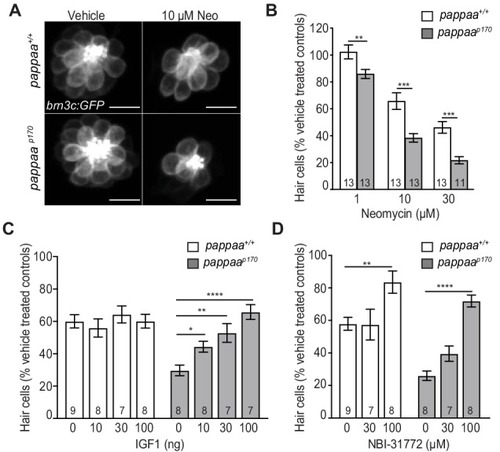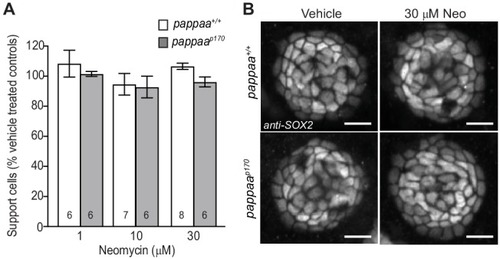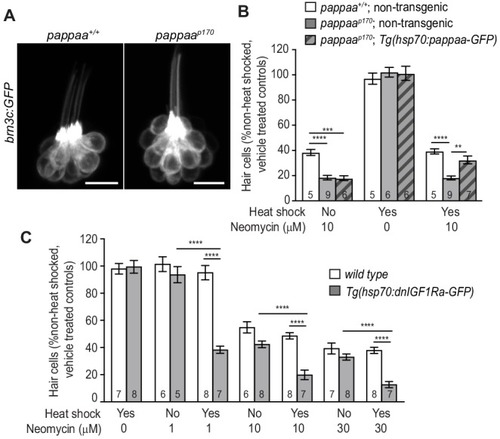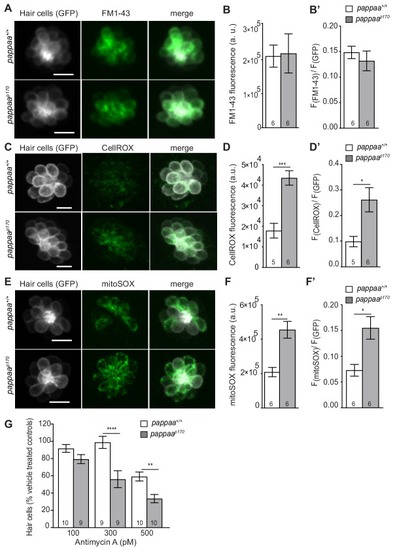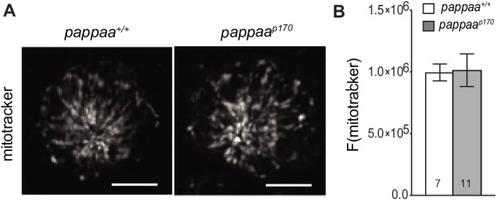- Title
-
Pregnancy-associated plasma protein-aa supports hair cell survival by regulating mitochondrial function
- Authors
- Alassaf, M., Daykin, E.C., Mathiaparanam, J., Wolman, M.A.
- Source
- Full text @ Elife
|
|
|
( |
|
( |
|
( |
|
|
|
|
|
|
|
|

